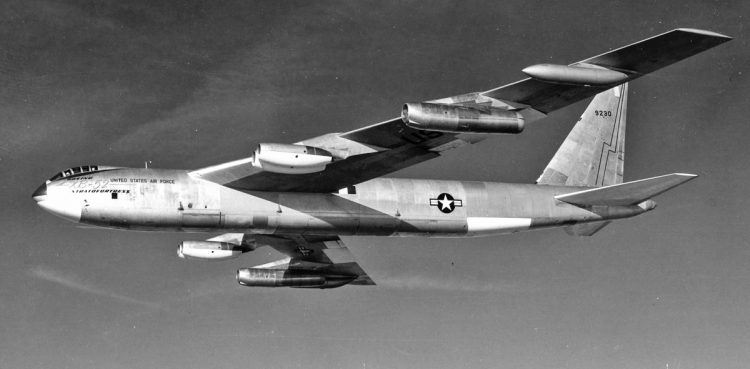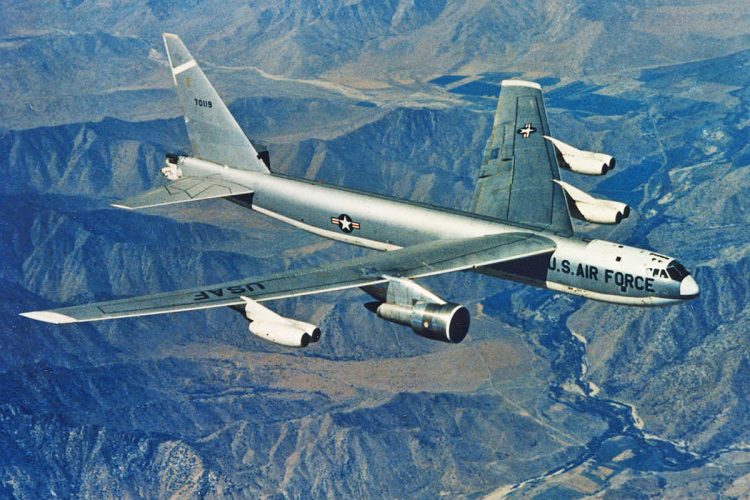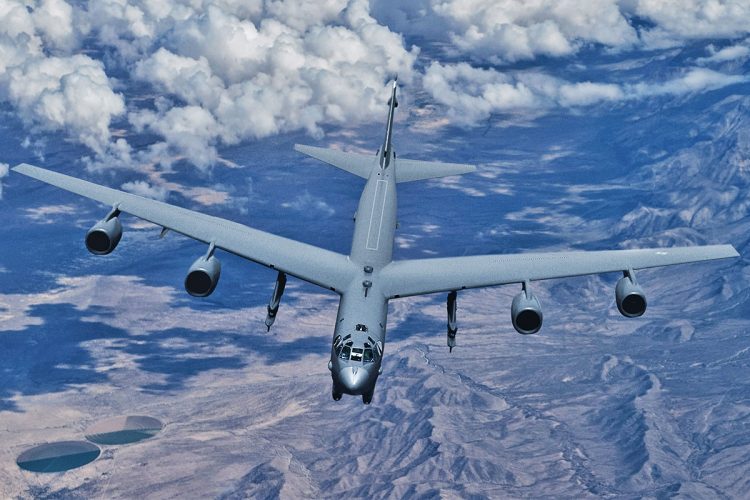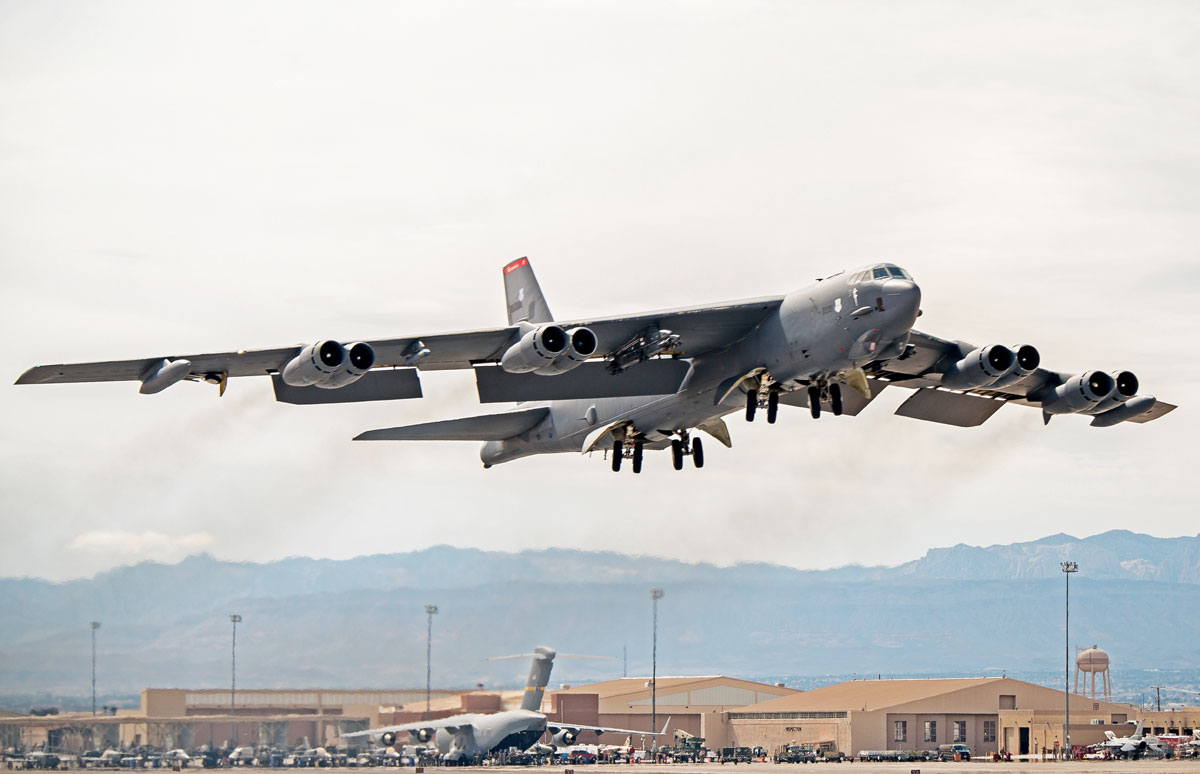In a famous list of aircraft that remains useful even after many decades of its entry into operation, the B-52 is an special case. The strategic bomber was conceived early in the Cold War and has been in service with the U.S. Air Force since 1955.
Since then, the United States has tried unsuccessfully to replace it. More modern airplanes like the B-58 Hustler have passed through the USAF and an ambitious project, the XB-70 Valkyrie, has been developed, which could fly Mach 3, but which has not evolved from the prototype phase.
Currently, the USAF strategic command also uses the B-1B and B-2, the world’s first stealth bomber, but both will be retired in the coming years, replaced by the B-21 Raider.
What about the B-52? The aircraft should remain active until 2050, according to the most recent plans. To extend its operational life, the bomber will receive new turbofan engines that will be replaced by the old TF-33 used by the B-52H, the only variant that remains in service.
The USAF issued an request for proposals this week for the purchase of 608 engines from an existing model and already used in civil aviation. The three largest turbofan manufacturers are expected to participate with the CF-34 and Passport engines (GE), which are used in Bombardier and Embraer jets, PW800 (P&W), which equip the Gulfstream G500 and G600, and the F130 (RR), military variant of the BR700 engine.
The goal, in addition to reducing maintenance costs and extending the life of the aircraft, is also to allow an increase in the B-52’s range of up to 40% – the bomber is currently able to fly without refueling for 14,200 km.

Several attempts to replace engines
If it has a long career in the service of the USAF, the B-52 also has several attempts to solve a problem at its birth, the need to use eight engines, an unusual configuration.
When it was designed in the 1950s, however, there were no engines as efficient and powerful that could be used, and Boeing had to install the J57 turbojet, from Pratt & Whitney. But it soon became clear that the bomber, even with eight engines, performed only moderately, especially in hot environment and full loaded.
The proposals to solve this problem succeeded, the first of which provided for the replacement of two engines in the external pylon with a J75 afterburner turbojet. Although it accumulated 140 flight hours, the project was eventually discarded in 1958.
Later, the USAF ordered the B-52H, the last variant of the bomber that had the J57 engines replaced by the TF-33 turbofan, which is still in use today. Still, plans to optimize the aircraft’s performance continued. In the 1970s, Boeing suggested replacing the eight engines with four General Electric TF39 high bypass ratio turbofans that equipped the C-5 Galaxy, a proposal also made by Pratt & Whitney in the 1980s, which carried out a detailed study to equip the jet with PW2000 engines.

At that time, the forecast was that the B-52 would be replaced by B-1 and B-2 in the 90s and therefore the proposal did not succeed. Still, Boeing and Rolls-Royce tried to offer the RB211 turbofan, used in the 757, but the USAF rejected the idea.
The last attempt to reengine the B-52 with four turbofans took place in the early 2000s in a competition in which Pratt & Whtiney participated with the PW2000, Rolls-Royce with the RB211 and CFM with the CFM56 engines, widely used in the jets 737 and A320. Although promising, as the cost of maintaining TF33s increased, the program did not go ahead either.
The current proposal sounds more realistic. Instead of a considerable change, it proposes the simple replacement of the eight engines in about 60 planes, in addition to installing a digital control system for the turbofans.
With the change of plans, the USAF turned what was a joke into reality. It was said that the pilots of the B-1 and B-2, after landing the bombers for the last time, would be taken back home on board the B-52. Everything suggests that this will actually happen.


